Description of flavor of sun-cured Yejiaxuefei coffee beans; introduction to the grade and grade of Yega Xuefei coffee varieties
Ethiopia tends to have the largest number of coffee beans on the coffee bean list at Qianjie Cafe.
There are Guotintin Cooperative, which is independent from the Waka Cooperative because of its exquisite flavor; COE22 coffee beans, which won the 22nd place in Ethiopia's first COE Excellence Cup Competition in 2020 (from the auction of Qianjie Coffee); and the Rose Summer Village Manor, which is rarely grown in Ethiopia.
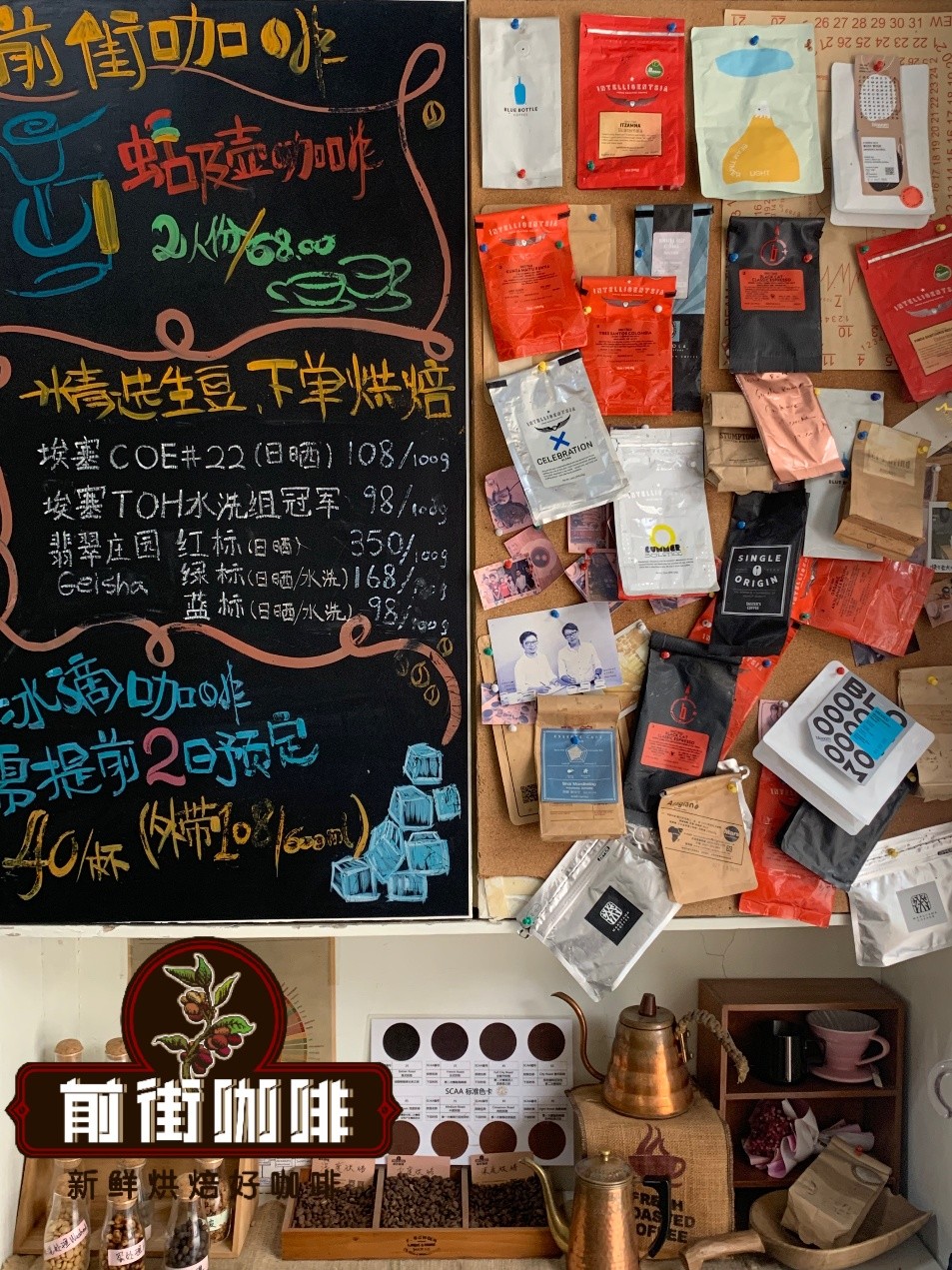
Qianjie Coffee knows about each coffee bean producing area, even different coffee bean varieties in the same producing area, different treatments of the same coffee bean, and so on. For example, there are different flavors and tastes between sun-dried coffee beans and washed coffee beans. Similarly, different coffee bean producing areas will be different. With regard to this information, Qianjie will set up corresponding databases one by one to provide more and more detailed coffee information for those who love coffee and like coffee, so that more people can understand the coffee world.
Yejia Xuefei coffee producing area
The Yega Xuefei producing area is located in Ethiopia, which is originally a by-product area under the Sidamo region. The coffee flavor is bright and delicate, forming a unique coffee flavor in the Sidamo area. Because of its high degree of recognition, farmers compete to be proud of the smell of their coffee beans, so they become independent from Sidamo and become the most famous producing area of Yega Sheffield today.
At first, Yejasuefei used the most traditional sun-dried coffee beans. Later, after the Ethiopian government introduced water washing treatment from Central and South America, the quality of Yejasuefei coffee beans improved instantly. Its bright and rising acidity and the flavor characteristics of white flowers suddenly gained a large number of loyal fans.
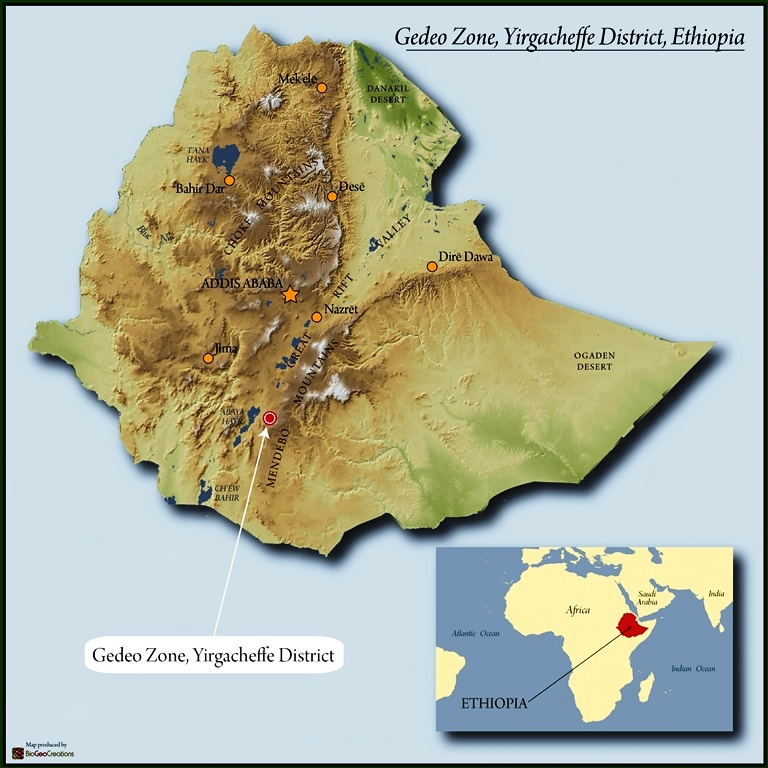
Yejia Xuefei coffee producing area is a high altitude coffee producing area, which is about 2000 meters above sea level. There are more than 40 cooperatives in the Yejashafi coffee producing area, which mainly manage coffee cultivation in a family business model. There are also many well-known micro-producing areas under the Yega Sheffield Coffee area, such as Cochel, Fog Valley, Godibe and so on. These micro-producing areas have excellent cooperatives, and the Yega Xuefei coffee beans have their own unique flavor characteristics.
Guodingding Cooperative Banko Gotiti
The Godding Cooperative, located in the Waka producing area at the southeast end of Yega Sheffield, was originally part of the Waka Cooperative under the YCFCU of the Yega Sheffield Alliance. Later, with the pursuit of the traceability of raw coffee beans, the "single producing area" was excavated by coffee hunters all over the world.
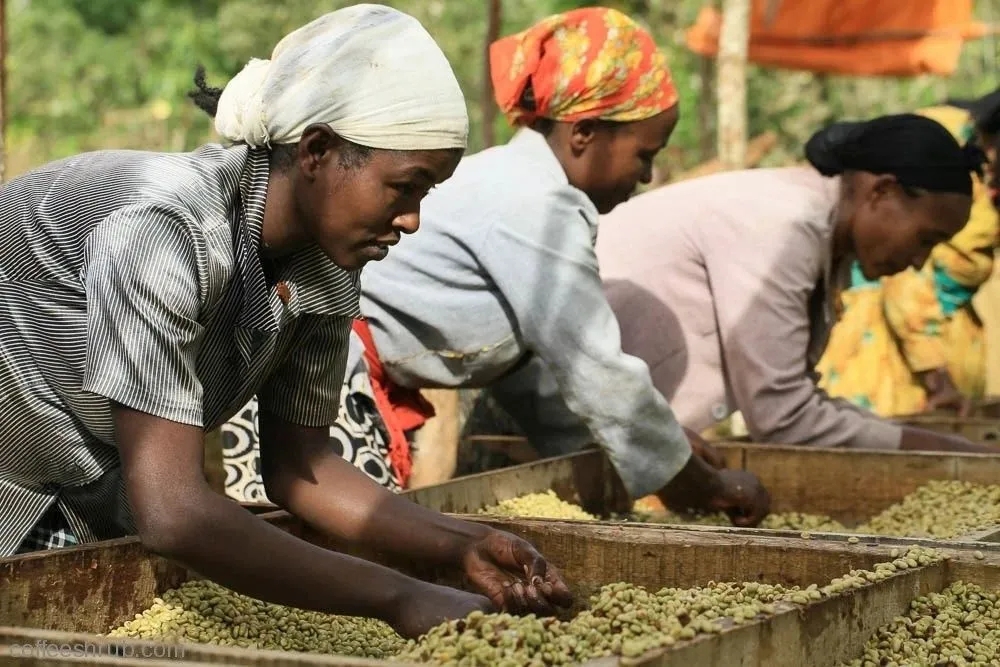
In 2012, Guodingding, which has about 300 farmers, independently set up the "Guodingding Cooperative". Guodingding Village was the first independent village area, and many small farmers were also members of the Waka Cooperative, so the technology of producing coffee was not to mention. The Guodingding Cooperative is called the last piece of pure land of Yejia Xuefei, so it is also a very traditional way to use raw bean treatment (water washing and sun treatment).
Coffee bean treatment
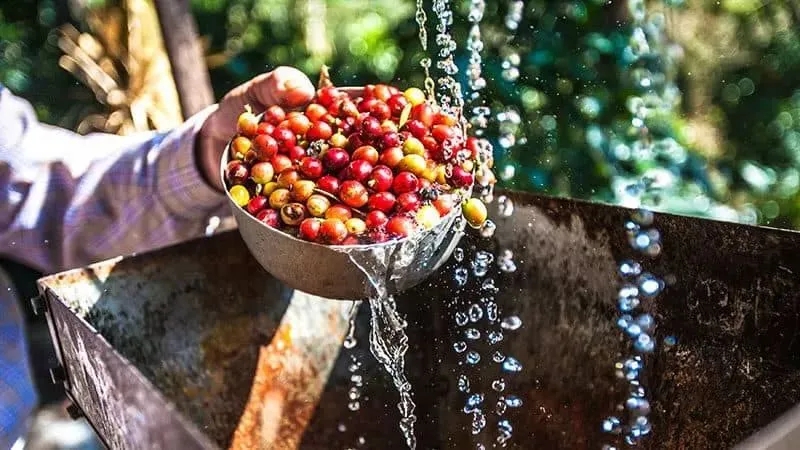
Qianjie Coffee Fruit Tintin Cooperative Coffee beans are washed. After the peel / pulp of the berry is removed by a planer, it is placed in the fermentation tank for 18-36 hours until the pectin layer decomposes (depending on the local temperature and humidity), and then the shelled beans will be washed through the washing channel for 30-60 minutes.
At this time, through the channel design combined with water erosion, the beans with low specific gravity and poor quality can be removed, and then the high quality beans with shells can be placed in an African scaffolding to dry for about 14 days. after drying, the beans will be stored in the warehouse of the treatment plant, and the shell beans will be transported to Dry Mill (dry treatment plant) to be shelled before export, and through a series of complicated screening processes, such as foreign body removal, silver peeling and polishing, gravity screening, color selection and so on. Finally, it is bagged and exported.
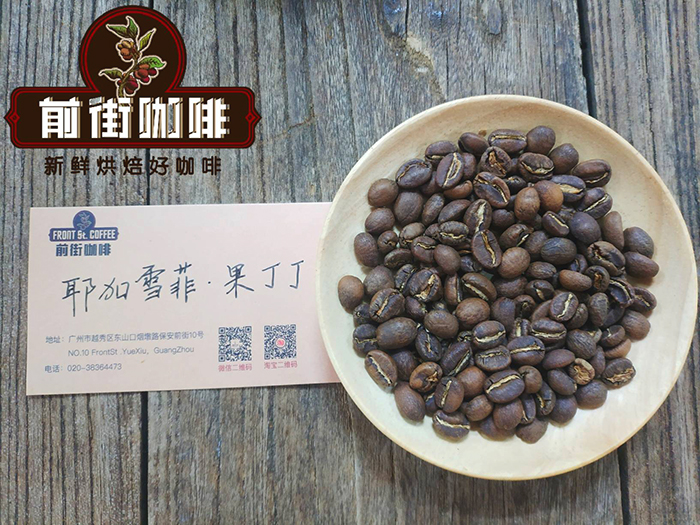
Front Street Coffee Ethiopian Fruit Ding Ding Coffee beans
Producing area: Yega Xuefei Gedeo Zone producing area
Altitude: 1900-2300m
Variety: original species (Heirloom)
Treatment: washing grade: G1
Qianjie Coffee Ethiopian Fruit Ding Coffee beans describe the flavor of berries, cream, honey, citrus, juice-like taste and bright acidity at high temperatures, and berries, cream, smoothness and citrus when the temperature is slightly lower.
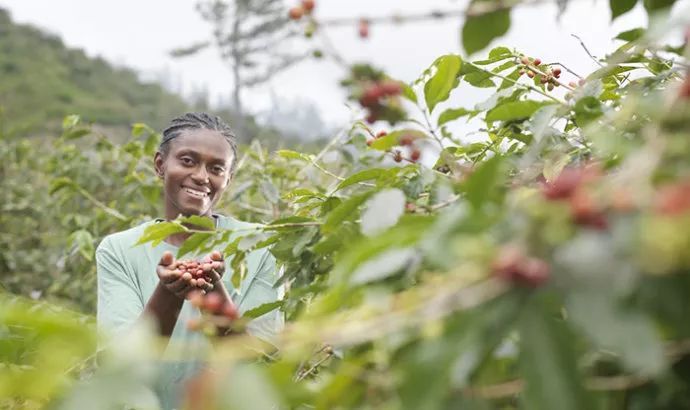
Friends who are familiar with Ethiopian coffee will also be familiar with the red cherry project. Next, Qianjie Coffee will share with you what the red cherry plan is like.
Introduction of Qianjie Coffee about Red Cherry Project
The core content of the red cherry project is to use all-red coffee fruits to improve the quality of coffee. From today's point of view, full red fruit treatment is nothing new (isn't it taken for granted). In 2007, this would have been an iconic innovation event.
In 2007, Trabocca, the largest raw bean manufacturer in the Netherlands, put forward the "Red Cherry Project" ((Operation Cherry Red)), a project to improve the quality of small-scale farms, in order to pursue high-quality Essex beans.
In the past, both local processing stations and raw bean traders would try their best to keep the purchase price of coffee fruits as low as possible to achieve higher profits. For coffee farmers, the number of coffee fruits sold determines their income, so they don't care about quality. The squeezing of raw bean merchants and the pursuit of coffee farmers make the quality of coffee beans form a vicious circle. Therefore, Trabocca saw this and had to break this endless cycle, so the win-win "Red Cherry Project" came into being.
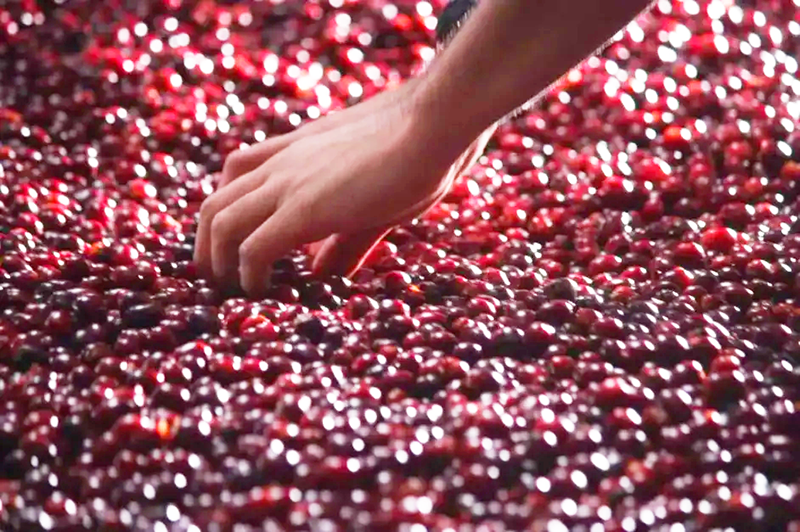
The plan requires: to pick raw coffee beans, not only to pick all red fruit, but also to harvest by hand, but this is only the most basic requirement, the plan is far from that simple. The main purpose is to encourage coffee farmers. Trabocca, the largest coffee bean seller in the Netherlands, invites all Ethiopian farms to produce small batches of beans of about 1500-3000 kg (25,050 bags) before the harvest season. Women can only choose fully 100% ripe red cherries, which varies greatly on the flavor of the brewed coffee, so careful, discerning and industrious Ethiopian women are important drivers of the Red Cherry project.
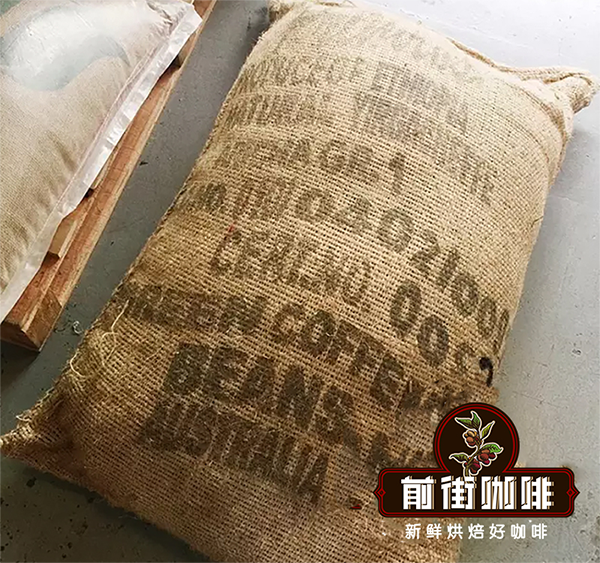
The red cherry project is also a reinforcing method, which makes the farm pay more attention to the process of selecting beans. The prices of these coffee are also relatively high. Red cherry operations include washing, sun-drying beans, half-washing, half-sun, experimental coffee and so on. The main producing areas are Yegashifi, Sidamo, Penga Forest, Lekanti, Ken Bata, Iruba, Hara, Lim, etc., and joined the Coroja Golocha producing area in 2011 (near Harald). These are unique flavors and can fully show the flavor of Ethiopian coffee.
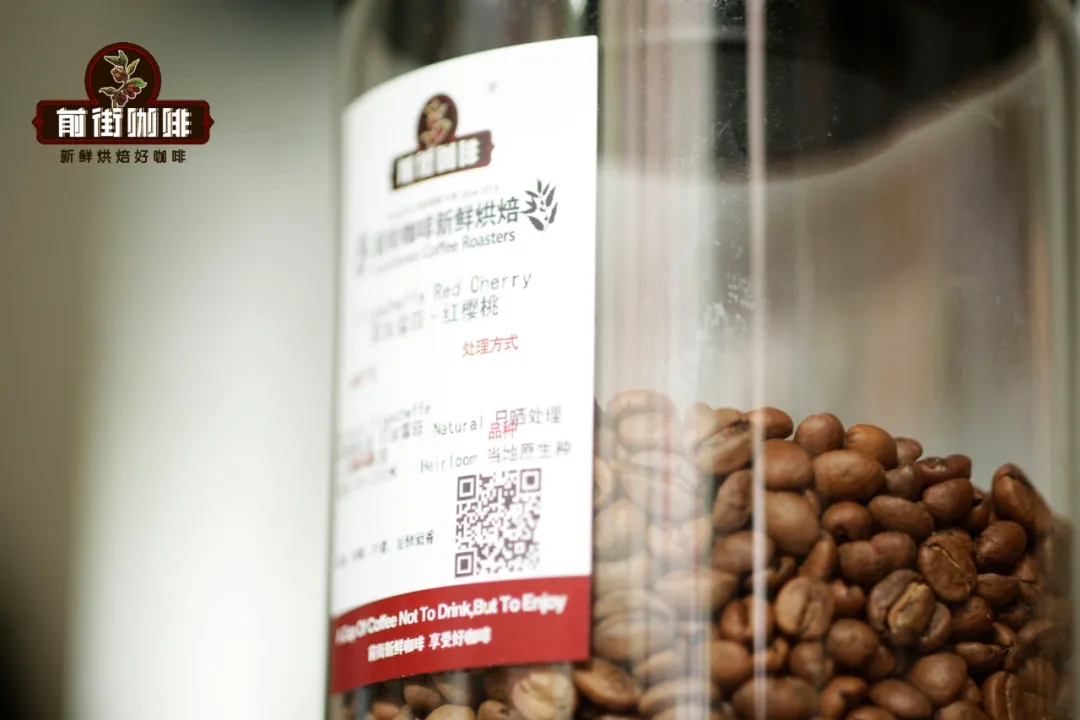
First of all, the requirement of cup test score is high. In the Amsterdam cup test rooms of Ethiopia and the Netherlands, Trabocca will screen the coffee shipped from its origin and judge whether the coffee beans are up to standard through two cup tests in Ethiopia and the Netherlands. The coffee beans up to the standard will be auctioned by Trabocca to coffee buyers around the world. Generally, the transaction price of coffee beans auctioned through this platform can reach more than 4 times the spot price of international coffee, and the highest even reaches 20 times.
Secondly, the requirement of output is small and the requirement of quality is high. In order to have enough energy to take care of the top beans in Ethiopia, Trabocca suggested that the beans involved in the program must be in small batches, probably between 1500kg-3000kg.
Finally, Trabocca has paid much attention to this project because of its great investment and attention. Trabocca donated new sun drying racks, sunshade nets, generators and so on. At the same time, it also provides financial loan support, new hardware equipment and production processing knowledge and technology to help farmers improve their production level. In addition, through real-time monitoring and safe transportation, we can ensure that the beans of the "Red Cherry Project" can be taken care of in every link.
Specifically, Red Cherry plans to increase the purchase price of high-quality raw coffee beans to encourage coffee farmers to pay more attention to every process of picking and processing coffee beans. The coffee beans produced in this way are of better quality and taste, and can be better recognized in the end market, thus balancing the relatively high purchase price of coffee.
Although the red cherry project coffee beans do not seem to have a great advantage now, the program has also made a great contribution to the boutique of coffee.
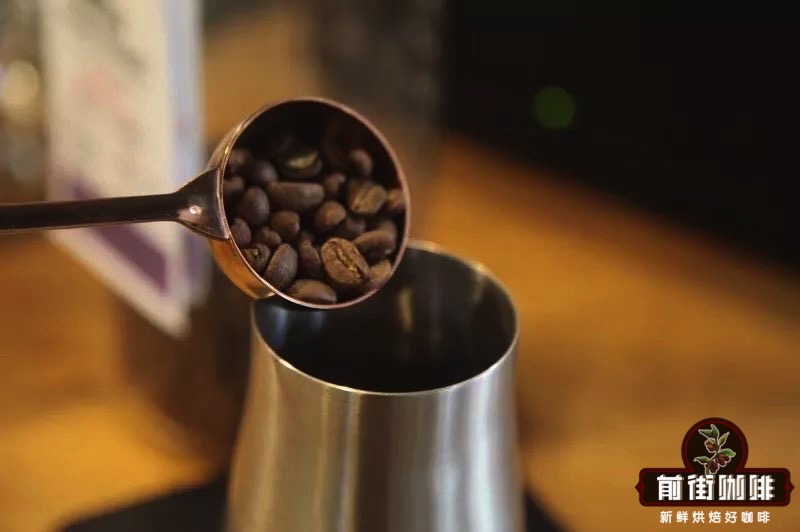
Front Street Coffee. How are the Red Cherry Coffee beans?
The Yega Sherfield red cherry beans of Qianjie Coffee are treated with all-red fruits from Altland Farm.
Altland Farm each small coffee farmer here has an average planting area of about 0.6ha, composed of hundreds of coffee farmers, with an altitude of nearly 2000 meters, a large climate difference and fertile soil, providing an excellent growing environment. Manual harvest of all red fruits can maximize the lower limit of coffee quality.
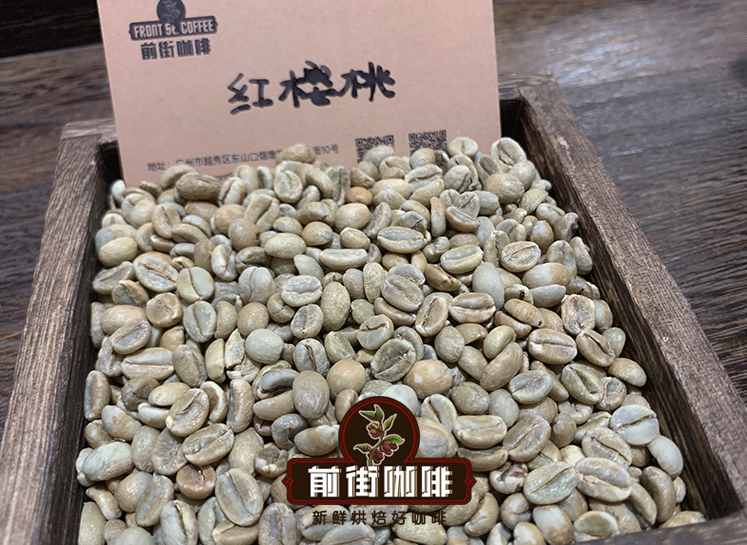
Raw beans are light yellow, full particles, complete bean phase, low defect rate, belonging to the G1 level.
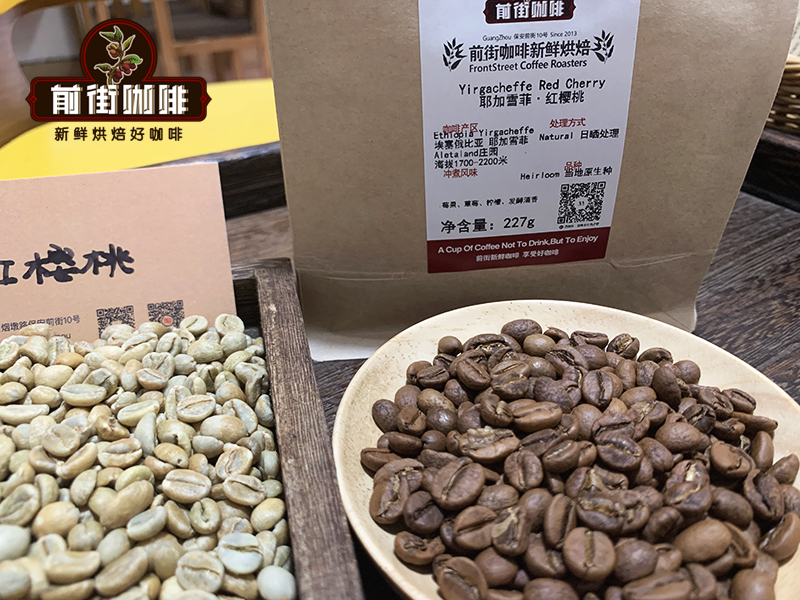
As red cherry beans for individual hand-brewed coffee, Qianjie coffee is roasted moderately and lightly. After roasting, the red cherry coffee beans have a uniform color and obvious berry aroma.
The following former Street Coffee Yega Chuefei Red Cherry Project Coffee beans, Yejasefi Kongjia Coffee beans as an example. These two types of coffee beans are tanned and come from different processing plants in the same Yega Xuefei producing area.
Qianjie Coffee Yega Chevy Red Cherry Coffee beans and Yega Chuefei Kongka Coffee Bean brewing parameters
Filter cup: V600001
Water temperature: 90-91 ℃
Powder content: 15g
Powder / water ratio: 1:15
Degree of grinding: medium and fine grinding (Chinese standard No. 20 screen pass rate 80%)
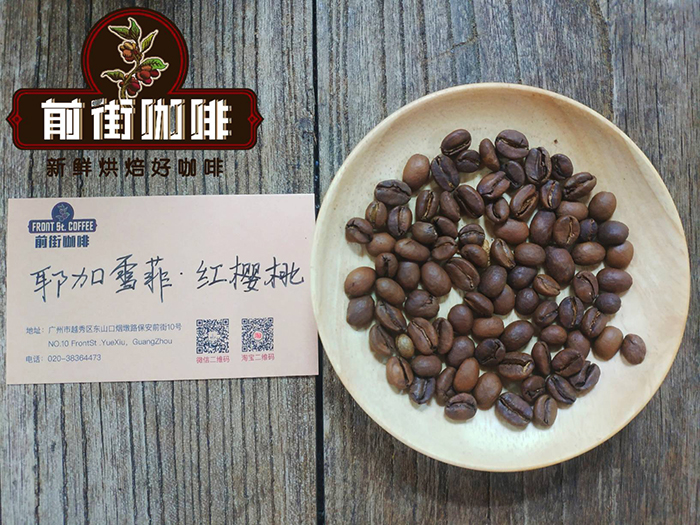
Qianjie Coffee Yega Sherfield Red Cherry Coffee Bean country: Ethiopia production area: Yega Sheffei treatment Plant: Altland altitude: 2300m Variety: local Native species treatment method: sun treatment Grade: G1
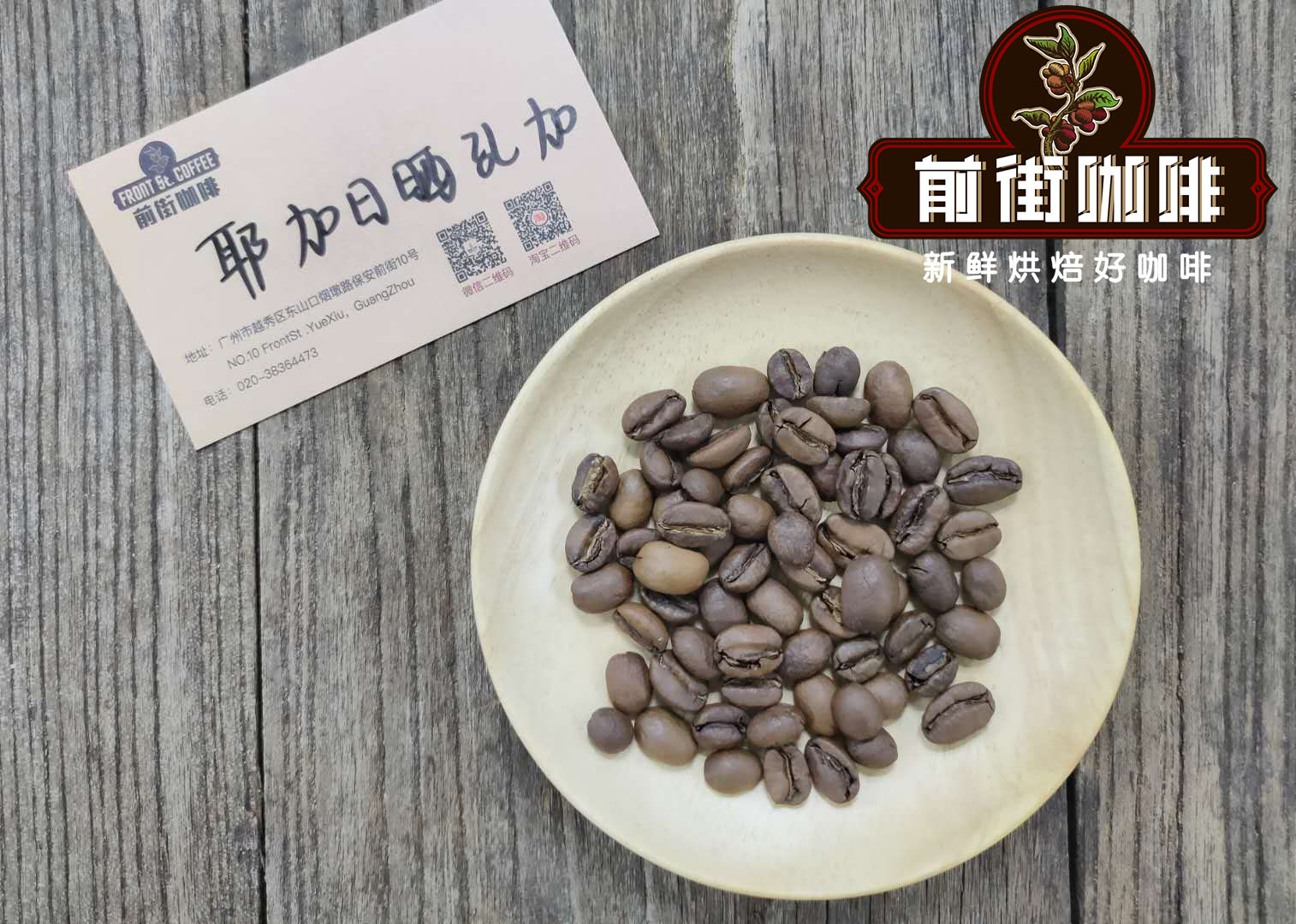
Front Street Coffee Yega Sheffield Coffee Coffee beans
Producing area: Yega Xuefei
Water washing station: Walter Kong plus treatment station
Altitude: 1850 to 2050 m
Soil: denatured soil
Coffee varieties: original species
Treatment method: sun treatment
Harvest year: 2020
Grade: G1
Front Street Coffee Yejia Chefe Red Cherry Coffee beans and Yega Chuefei Kongjia Coffee beans to share
Three-stage extraction. Steam with 30 grams of water for 30 seconds, small water flow around the circle to 125 grams for sectional injection, water level drop is about to expose the powder bed, continue to inject water to 225 grams to stop injection, and so on when the water level drop is about to expose the powder bed, remove the filter cup, (steaming starts timing) the extraction time is 2 minutes 39 percent 00 ".
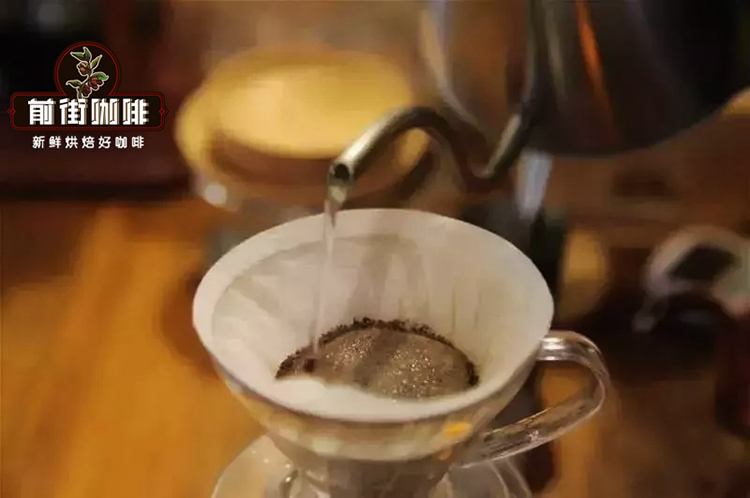
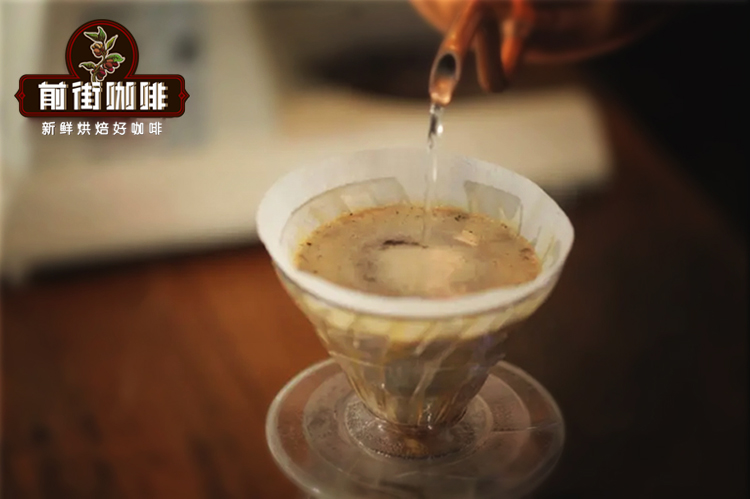
Comparison of hand-made flavor between Yega Chuefei Red Cherry Coffee beans and Yega Chuefei Red Cherry Coffee beans: lemon, citrus, berries, sweet oranges, the overall sweetness is higher, Huigan has the flavor of caramel and cream, and the aftertaste has black tea aroma.
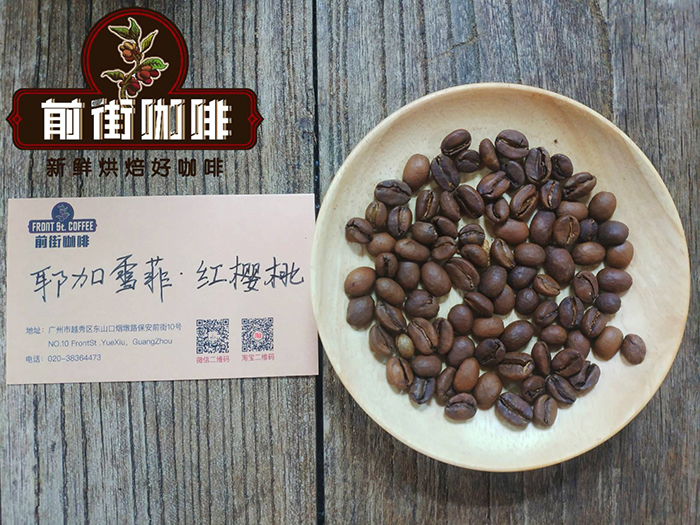
Yega Fichonga coffee beans: berries, cream, honey, citrus, juice-like taste and bright acidity at high temperatures, and berries, cream, smoothness and citrus when the temperature is slightly lower.
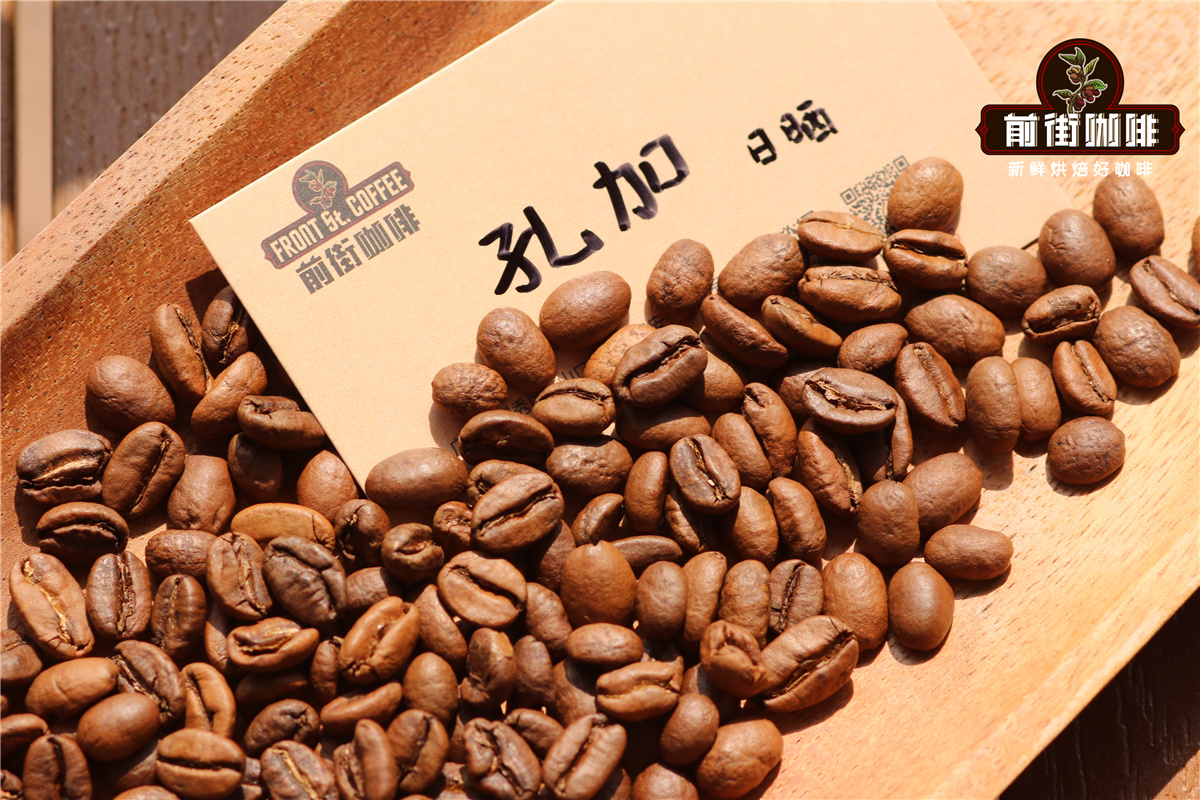
Roasting record of Qianjie Coffee Yega Chuefei Red Cherry Coffee beans
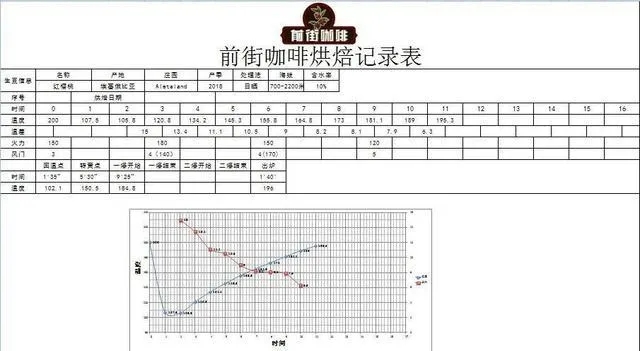
Roasting record of Qianjie Coffee Yega Chuefei Red Cherry Coffee beans
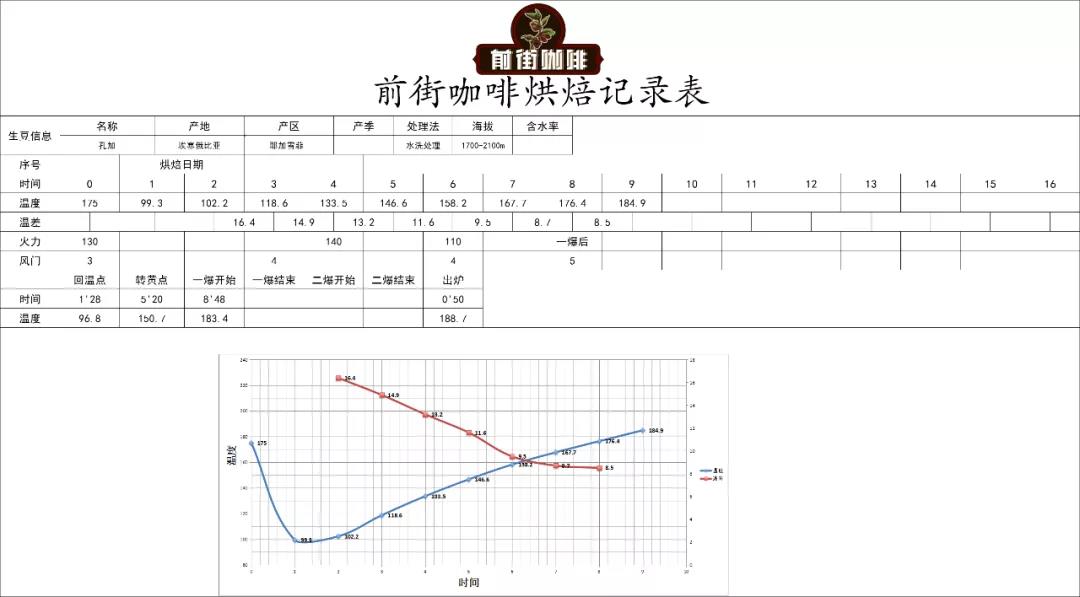
Extended reading of Ethiopian coffee varieties
The variety name of Ethiopian coffee is still "native species Heirloom", but what kind of coffee is the original species? In fact, the original species is not a specific variety, but a general name.
According to the Oxford English Dictionary, the word "Heirloom" is defined as "something of value that belongs to a family that has been passed on for generations", so it is also translated into "family heirloom" in some places.
However, because of the amazing number of varieties, on the one hand, it is difficult to identify and classify them, and on the other hand, the Ethiopian government is reluctant to disclose the information of these varieties for the sake of protection, so it is collectively called "native species". However, Qianjie Coffee has been found in the COE Excellence Cup held in Ethiopia for 20 years, and the description of coffee varieties is not based on the original species, but there are 74158, 74110, Kurume, Typica and other specific variety names. For example, Qianjie Coffee ranked 22nd among them, and its variety is the iron pickup.
The native species is not a specific coffee variety.
For more information about coffee beans, please follow the coffee workshop (Wechat official account cafe_style)
For professional coffee knowledge exchange, please add WeChat kaixinguoguo0925.
Important Notice :
前街咖啡 FrontStreet Coffee has moved to new addredd:
FrontStreet Coffee Address: 315,Donghua East Road,GuangZhou
Tel:020 38364473
- Prev

Introduction to the varieties of Grinding scale of Costa Rican Coffee Bean Flavor description in Tarrazu Dote Manor
Tarrazu Dote Manor Costa Rican Coffee Bean Flavor description Grinding scale Variety introduction one of the most famous is mountain Costa Rican coffee, which tastes mellow and neutral, it can be boiled directly, or mixed with other kinds of coffee beans to form a comprehensive coffee, it is also a good choice. Other kinds of Brazilian coffee, such as Rio, Parana, etc., do not require much care, but
- Next

Description of producing area and Flavor of Panamanian Rosa Coffee introduction to the production area of grinding scale by taste treatment method
Flavor description of Panamanian Rosa Coffee production area by grinding scale the coffee tree of Yegashifi was planted by European monks (a bit like Belgian monks growing wheat to brew beer) and later transferred to farmers or cooperatives. Yega Xuefei is actually constructed by surrounding coffee communities or cooperatives, including Edido near Misty valley in Fog Valley.
Related
- Detailed explanation of Jadeite planting Land in Panamanian Jadeite Manor introduction to the grading system of Jadeite competitive bidding, Red bid, Green bid and Rose Summer
- Story of Coffee planting in Brenka region of Costa Rica Stonehenge Manor anaerobic heavy honey treatment of flavor mouth
- What's on the barrel of Blue Mountain Coffee beans?
- Can American coffee also pull flowers? How to use hot American style to pull out a good-looking pattern?
- Can you make a cold extract with coffee beans? What is the right proportion for cold-extracted coffee formula?
- Indonesian PWN Gold Mandrine Coffee Origin Features Flavor How to Chong? Mandolin coffee is American.
- A brief introduction to the flavor characteristics of Brazilian yellow bourbon coffee beans
- What is the effect of different water quality on the flavor of cold-extracted coffee? What kind of water is best for brewing coffee?
- Why do you think of Rose Summer whenever you mention Panamanian coffee?
- Introduction to the characteristics of authentic blue mountain coffee bean producing areas? What is the CIB Coffee Authority in Jamaica?

